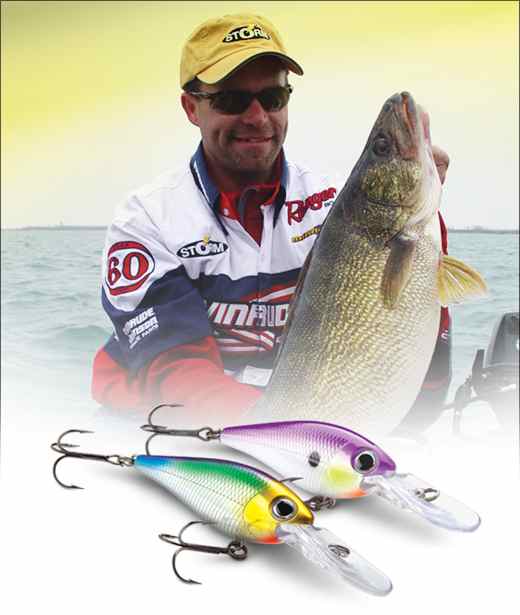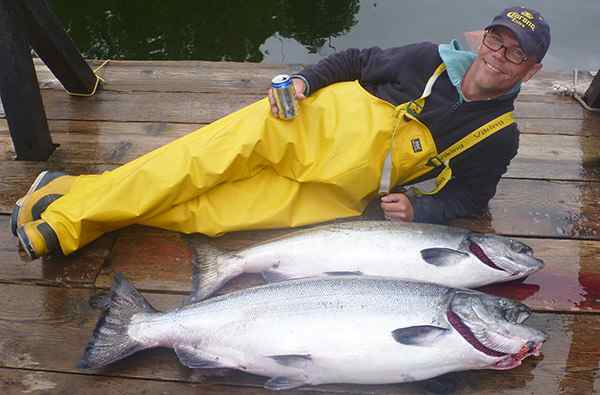What is at stake with the Bristol Bay Issue?
by SportfishingReport.com Staff
5-23-2013
Website
Bristol Bay supports the world's largest runs of wild salmon in the world, trophy rainbow trout, grizzly bears, caribou and a strong commercial and sport-fishing economy.
Bristol Bay is home to some of the most premier sport fishing destinations on the globe including: the Nushagak, Mulchatna, Koktuli and Kvichak Rivers, and Talarik Creek, rivers that are as productive now as they were thousands of years ago.
Recreation and tourism spending in Bristol Bay brings $90 million annually to the state in the form of taxes and licenses. In 2007, anglers in Alaska spent nearly $1.4 billion on fishing trips, fishing equipment, and development and maintenance of land used primarily for the pursuit of sport fishing in Alaska.
Bristol Bay sport fishing supported 846 full and part-time jobs and accounted for $27 million in total wages and benefits paid to employees and proprietors.
Alaska ranks ninth among seafood-producing nations in the world. Forty-two percent of the world's harvest of wild salmon and 80 percent of the production of high-value wild salmon species such as sockeye, king, and coho salmon, come from Alaska waters. Salmon is the most valuable commercial fish managed by the state of Alaska and Bristol Bay is Alaska's richest commercial fishery. In Bristol Bay alone, the 2008 harvest of all salmon species was approximately 29 million fish, and the value of the 2008 commercial catch topped $113 million.
"There has never been a successful re-creation of wild salmon runs once they have been decimated, making the potential risks and uncertainties of Pebble too great," said Brian Kraft, owner of Alaska Sportsman's Lodge and two other Bristol Bay fishing lodges.
"This region is the Serengeti of Alaska. Here, snow fed streams flow crystal clear from the mountains, through rolling tundra and to the sea. Anglers from around the world see this as the pinnacle of fishing opportunities. There are not many, if any, places like this left in the world."
What is the Risk
The proposed Pebble mine project is unprecedented in its scope, size, and risk. The Pebble deposit of gold, copper and molybdemum, spreads over 20 square miles and is located in the headwaters of two of Bristol Bay's largest tributaries. If built, Pebble would be one of the largest mines in the world. Because of its size, geochemistry and location in a violently active earthquake zone, Pebble runs a high risk of polluting Bristol Bay.
Located in a seismically active region, Pebble would require the world's largest earthen dam to be built, some 700 feet high and several miles long. Independent scientists have seriously questioned whether the dam could withstand a massive earthquake, such as the 9.2 quake that devastated Anchorage in 1964.
The 10-square-mile-wide containment pond held behind the world's largest earthen dam would require environmental treatment in perpetuity (yes, forever). Any release of mine waste into the surface or groundwater has the potential to destroy Bristol Bay's salmon runs.
Bristol Bay is home to some of the most premier sport fishing destinations on the globe including: the Nushagak, Mulchatna, Koktuli and Kvichak Rivers, and Talarik Creek, rivers that are as productive now as they were thousands of years ago.
Recreation and tourism spending in Bristol Bay brings $90 million annually to the state in the form of taxes and licenses. In 2007, anglers in Alaska spent nearly $1.4 billion on fishing trips, fishing equipment, and development and maintenance of land used primarily for the pursuit of sport fishing in Alaska.
Bristol Bay sport fishing supported 846 full and part-time jobs and accounted for $27 million in total wages and benefits paid to employees and proprietors.
Alaska ranks ninth among seafood-producing nations in the world. Forty-two percent of the world's harvest of wild salmon and 80 percent of the production of high-value wild salmon species such as sockeye, king, and coho salmon, come from Alaska waters. Salmon is the most valuable commercial fish managed by the state of Alaska and Bristol Bay is Alaska's richest commercial fishery. In Bristol Bay alone, the 2008 harvest of all salmon species was approximately 29 million fish, and the value of the 2008 commercial catch topped $113 million.
"There has never been a successful re-creation of wild salmon runs once they have been decimated, making the potential risks and uncertainties of Pebble too great," said Brian Kraft, owner of Alaska Sportsman's Lodge and two other Bristol Bay fishing lodges.
"This region is the Serengeti of Alaska. Here, snow fed streams flow crystal clear from the mountains, through rolling tundra and to the sea. Anglers from around the world see this as the pinnacle of fishing opportunities. There are not many, if any, places like this left in the world."
What is the Risk
The proposed Pebble mine project is unprecedented in its scope, size, and risk. The Pebble deposit of gold, copper and molybdemum, spreads over 20 square miles and is located in the headwaters of two of Bristol Bay's largest tributaries. If built, Pebble would be one of the largest mines in the world. Because of its size, geochemistry and location in a violently active earthquake zone, Pebble runs a high risk of polluting Bristol Bay.
Located in a seismically active region, Pebble would require the world's largest earthen dam to be built, some 700 feet high and several miles long. Independent scientists have seriously questioned whether the dam could withstand a massive earthquake, such as the 9.2 quake that devastated Anchorage in 1964.
The 10-square-mile-wide containment pond held behind the world's largest earthen dam would require environmental treatment in perpetuity (yes, forever). Any release of mine waste into the surface or groundwater has the potential to destroy Bristol Bay's salmon runs.
< Previous Report Next Report >
< Previous Report
Next Report >

: Marlin World Magazine and Bisbeeʼs Join Forces
: Smash Your Personal-Best Catches With Storm's New Smash Shad by Rapala

5-22-2013
The biggest chinook/king salmon are almost always caught mooching. Pictured above you see a classic Rivers Inlet 60lbs. monster which dwarfs...... Read More
More Reports
Sportfishingreport.com Reports
for Thursday, May 23rd, 2013
: Marlin World Magazine and Bisbeeʼs Join Forces
: Smash Your Personal-Best Catches With Storm's New Smash Shad by Rapala

5-22-2013
The biggest chinook/king salmon are almost always caught mooching. Pictured above you see a classic Rivers Inlet 60lbs. monster which dwarfs...... Read More
000

